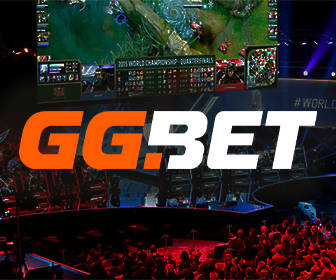Slot machines are often called the “crack cocaine of gambling.” Their design is deceptively simple: pull a lever, spin the reels, and wait for a potential win.
But beneath the flashing lights and cheerful sounds lies a powerful psychological mechanism that mirrors the cycle of addiction itself.
For many, slot machines are not just games of chance—they are engineered experiences that can trap players in an endless loop of craving, reward, and relapse.
Understanding this cycle sheds light not only on gambling addiction, but also on how other addictive behaviors—substance use, food, shopping, even social media—follow strikingly similar patterns.
1. The Design of the Infinite Loop
Slot machines are carefully constructed to maximize engagement and dependency. Their features include:
- Variable reward schedules: Wins come unpredictably, creating excitement and anticipation. This is the same mechanism that drives addictive substances and behaviors.
- Near misses: Just missing a jackpot keeps the brain hooked, encouraging repeated play.
- Rapid play cycles: Unlike poker or blackjack, slot machines offer immediate results—hundreds of spins per hour, keeping the brain in a constant state of stimulation.
- Sensory triggers: Bright lights, upbeat sounds, and celebratory animations simulate reward even for small wins, keeping players engaged.
This structure creates a loop of play, anticipation, and reward—a cycle that becomes hard to escape.
2. The Cycle of Addiction in Action
The “infinite loop” of slot machines mirrors the broader addiction cycle seen in drugs, alcohol, food, or compulsive behaviors:
- Trigger / Cue
– A stressor, emotional low, or simple boredom prompts the urge to play (or use). - Craving
– The anticipation of relief or excitement builds, driven by dopamine spikes in the brain. - Engagement / Behavior
– The person plays slots, drinks, shops, or uses a substance. - Reward (or Near Miss)
– The win—or even the almost-win—provides a rush. In substances, this is the high; in food, it’s the binge. - Crash / Consequences
– Money lost, shame felt, or physical/mental decline sets in. - Renewed Trigger
– Emotional lows or regret fuel the cycle to begin again.
Slot machines embody this pattern in pure form—quick, repeatable, and reinforcing—making them a real-time metaphor for all addictions.
3. The Dopamine Factor
Central to both slot machines and addiction is dopamine, the brain’s “reward chemical.” Dopamine isn’t just released when we win—it’s released in anticipation of the possibility of winning.
This is why:
- Slot players keep pulling the lever even after repeated losses.
- Substance users return to drugs despite knowing the consequences.
- Social media users refresh their feed endlessly, hoping for likes or notifications.
The brain becomes hooked on the anticipation rather than the outcome, fueling the loop.
4. Parallels Beyond Gambling
The slot machine loop doesn’t just explain gambling—it mirrors many modern addictions:
- Substance addiction: The “chase” of the high, even when the body develops tolerance.
- Food addiction: Cravings, binges, and the cycle of shame followed by more cravings.
- Shopping addiction: The rush of purchase, followed by regret, and then renewed desire.
- Digital addiction: Social media platforms designed with “variable rewards” mimic slot mechanics almost exactly.
Each of these reflects the same loop: trigger → craving → behavior → reward → consequence → renewed trigger.
5. Breaking the Loop
The first step in escaping the infinite loop is awareness—understanding how the cycle operates. Strategies for breaking it include:
- Mindfulness training: Becoming aware of triggers and cravings without acting on them.
- Cognitive Behavioral Therapy (CBT): Reframing thought patterns that justify addictive behavior.
- Replacement behaviors: Substituting healthy rewards (exercise, creative outlets) for destructive ones.
- Support systems: Groups, therapy, or family support to provide accountability.
- Setting boundaries: Time limits, self-exclusion programs in casinos, or removing access to triggers.
Breaking the loop requires not just willpower but structured, intentional strategies to disrupt the cycle.
6. From Loop to Liberation
While slot machines epitomize the infinite loop of addiction, recovery is about replacing that loop with a new cycle:
- Trigger → Healthy coping → Reward → Growth → Confidence → Stronger resilience.
By creating new patterns of response, people can turn the “game” of addiction into a journey of resilience and recovery.
Conclusion
Slot machines provide a powerful metaphor for understanding addiction: fast, unpredictable, rewarding, and punishing in equal measure. They show us how easily the brain can get trapped in cycles of craving and reward.
But just as slot machines are designed with precision, recovery can also be designed with intention. Through self-awareness, structured support, and healthier coping mechanisms, the infinite loop can be broken—transforming addiction into an opportunity for lasting growth and freedom.

